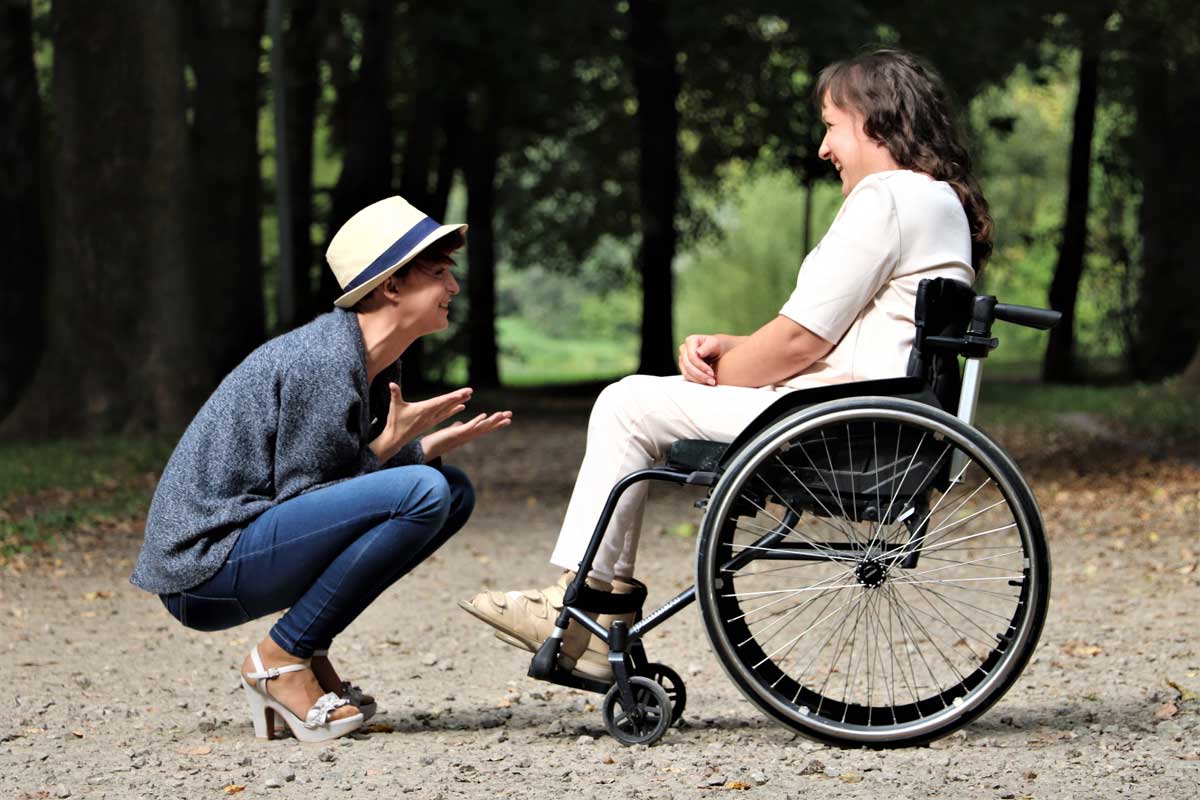
How Do Disability Back Payments Work?


How Do Disability Back Payments Work?
Social Security Disability back benefits can be a complicated and confusing topic
The rules are confusing and differ depending on the type of benefit awarded. For instance, there are different rules regarding back benefits for Social Security Disability and SSI.
The rules are frequently called arbitrary and without reason. Often, this is true. Many of the guidelines and regulations for determining back benefits are outdated, but they are still valid.

Back benefits are unpaid money the government owes for the period of time the claimant was disabled but wasn’t receiving benefits due to the length of the application process
SSI will only pay as of the date of the application and not before provided prior applications aren’t subject to reopening
Example:
Joe applies for SSI in January. In March, Social Security finds he has been disabled for ten years. Joe receives his first of monthly checks on March 2nd for $1000. How much is he owed in back benefits? $2000 because the furthest Social Security will go back in an SSI application is to the date of the application. It doesn’t matter that he was found disabled for the past ten years.


There is another rule that states Social Security subtracts the first five months of disability benefits
Benefits can also be subject to offsets
Example:
Joe applies for SSDI (Social Security Disability) on January 1, 2020 saying he has been disabled since January 1, 2019. Social Security agrees, and on January 2, 2020, they award Joe SSDI as of January 1, 2019. His benefits should be $1000 a month. Joe received $1000 from state disability the entire year of 2019, but not any month of the year 2020. Joe would receive virtually nothing in back benefits due to the state disability amounts being subtracted from his social security disability.


Benefits can be offset by just about anything. The most common offset isn’t actual income, but lodging
SSI also has an asset cap. Excessive assets will cancel out any benefits, future or back. If an applicant is married, Social Security will allow you up to $3000 in assets, not including one house and one car. If the applicant exceeds $3,000 in assets, Social Security will not allow him or her to receive benefits. If the applicant is single, the asset cap becomes
$2000, but the same rules apply.








